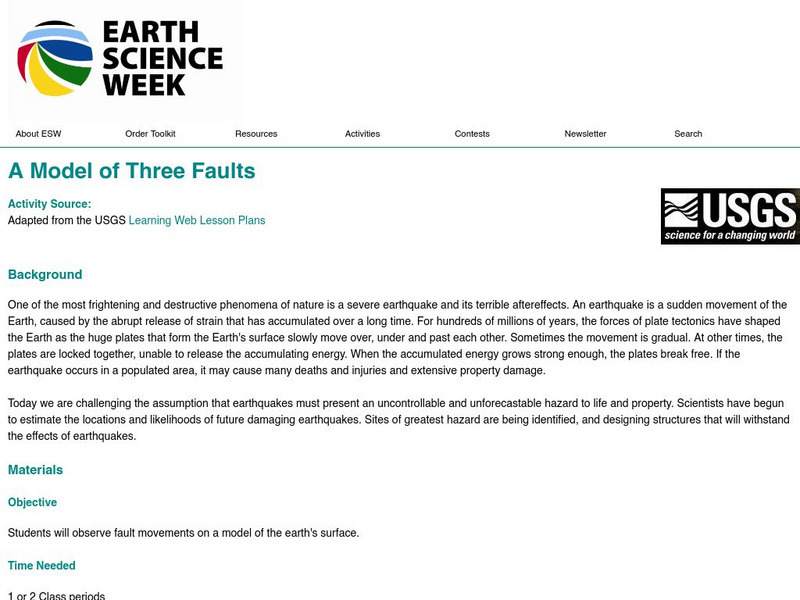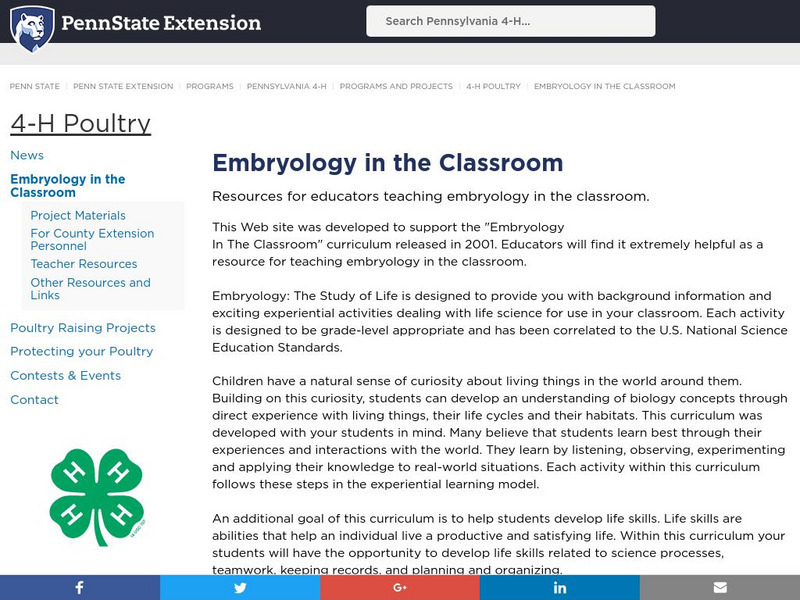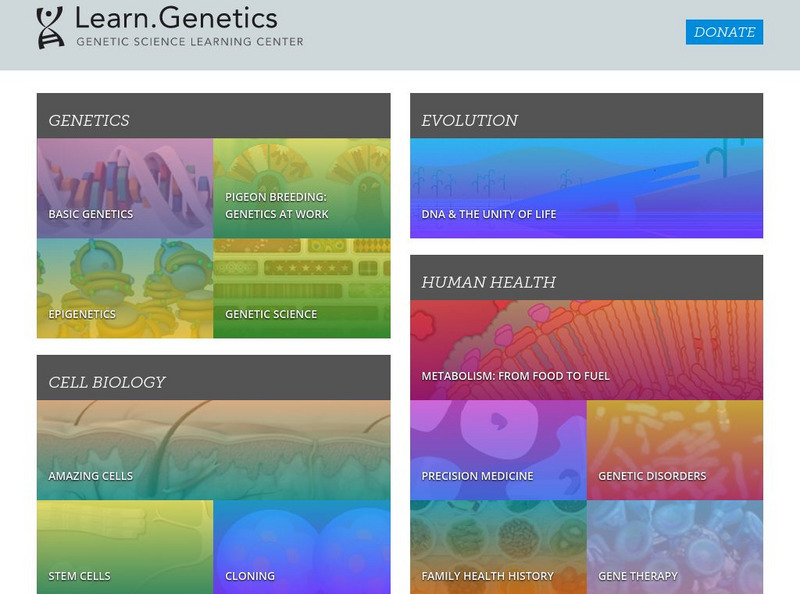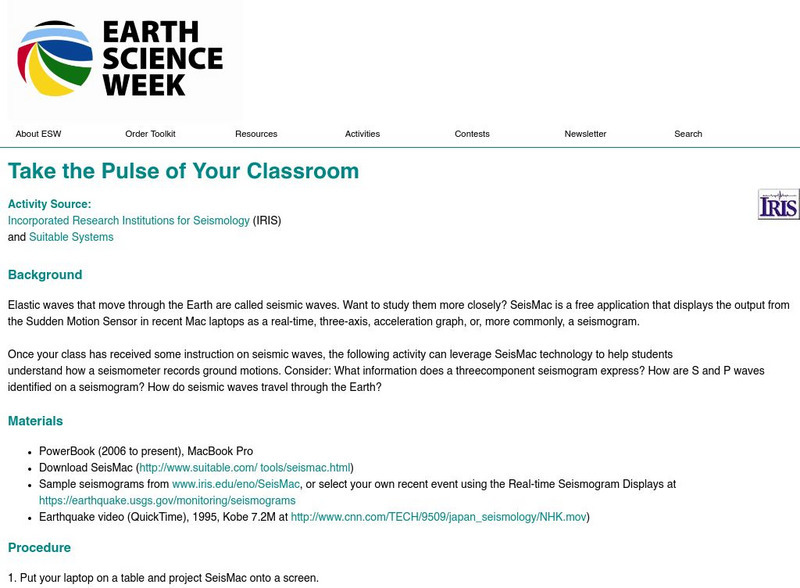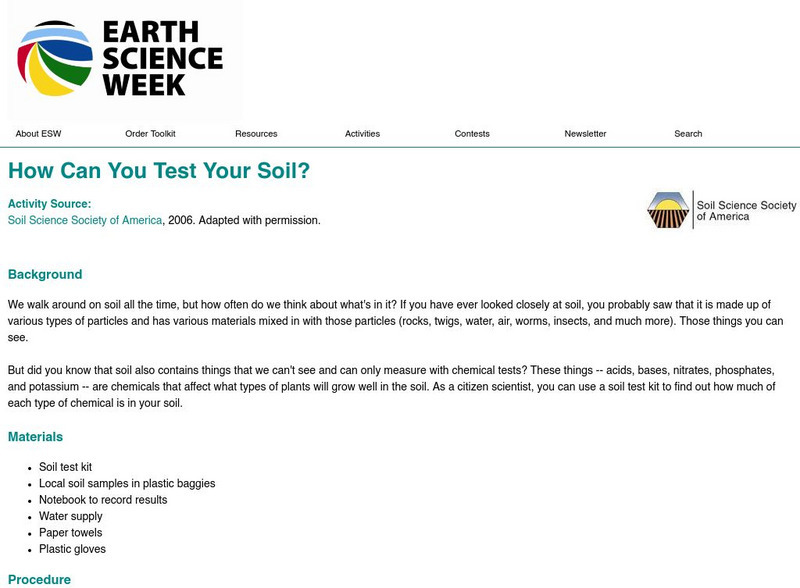American Geosciences Institute
American Geosciences Institute: Earth Science Week: Sinkholes in a Cup
Young scholars simulate a sinkhole, and discover the geological catalysts that happen beofore sinkholes occur.
Optical Society
Optical Society of America: Optics for Kids: Lose a Glass in a Glass
This is an activity that should only be done outdoors or in a well-ventilated area, with adult supervision, as it involves paint thinner. It demonstrates the concept of the index of refraction for different materials, in this case that...
Optical Society
Optical Society of America: Optics for Kids: Interference in a Ripple Tank
An investigation, using a ripple tank, into how waves behave when they collide with each other. With an explanation of what is observed, and a link to an article on refraction.
American Geosciences Institute
American Geosciences Institute: Earth Science Week: What Lies Beneath the Upper Crust?
Students use the Integrated Ocean Drilling Program as an example to help them find ways of checking science news stories for accuracy. They are given a science news story and instructed to investigate the accuracy of the claims made in...
American Geosciences Institute
American Geosciences Institute: Earth Science Week: Properties of Fluids in Reservoirs
This investigation will help students understand the physical relationships between natural gas, oil, and water in a reservoir and how these relationships can affect recovery.
American Geosciences Institute
American Geosciences Institute: Earth Science Week: A Bit of Engineering
After researching how scientists drill into the ocean floor to retrieve core samples, students work in small groups to simulate the process in the classroom and report on their findings.
American Geosciences Institute
American Geosciences Institute: Earth Science Week: A Model of Three Faults
In this lesson, students learn about the different kinds of faults and plate boundaries and where they can be found. They research and report on the faults that are present in their state. They are also asked to develop models of three...
Pennsylvania State University
Penn State University: Embryology in the Classroom
Come and learn more about how to incorporate embryology into your classroom. This site features tons of information about the embryology of chickens.
University of Utah
University of Utah: Genetic Science Learning Center: The Basics and Beyond
This website offers a clear definition of the science of Genetics, highlighting DNA and genes. There is a neat, easy-to-understand animated tour of the basics and an opportunity to go inside an animated cell. Student can build a DNA...
American Geosciences Institute
American Geosciences Institute: Earth Science Week: Take the Pulse of Your Classroom
In this activity, students leverage SeisMac technology to understand how a seismometer records ground motions.
American Geosciences Institute
American Geosciences Institute: Earth Science Week: Mineral Electrical Conductivity
The purpose of this activity is to test the conductivity of various minerals with a simple electrical circuit and draw conclusions about which ones would be used in electronics.
PBS
Pbs Nova Science Now: Sleep: Classroom Activity
Students practice a procedural skill -- knot tying -- to investigate if and in what way sleep affects learning and memory in relation to a learning a procedural skill. Sleeping is a behavior that is natural and essential for our health...
American Geosciences Institute
American Geosciences Institute: Earth Science Week: Mystery Mollusc
Learners become marine biologists, and their goal is to characterize the biological communities that live on or near the seamount in the Monterey Bay area. There, they must identify a mystery mollusk.
American Geosciences Institute
American Geosciences Institute: Earth Science Week: Soil Color and Redox Chemistry
Students use chocolate candies to simulate the process that occurs in saturated soil when Fe3+ is reduced to Fe2+ due to a microbial mediated redox reaction.
American Geosciences Institute
American Geosciences Institute: Earth Science Week: Survey Mark Hunting
In this activity, students find data on a location and description of survey marks in the area, and then they search for them through a variation of geocaching.
American Geosciences Institute
American Geosciences Institute: Earth Science Week: Chemistry of Burning
In this activity, students use pipe cleaners and foam balls to build a model of a hydrocarbon molecule. They then modify it to demonstrate the chemical reaction that happens when the hydrocarbon is burned.
American Geosciences Institute
American Geosciences Institute: Earth Science Week: Make Your Own Powers of Ten
Watch Charles and Ray Eames's Powers of Ten video, and then create a similar project while exploring scale.
American Geosciences Institute
American Geosciences Institute: Earth Science Week: Earth's Hydrologic Cycle
For this experiment, students create a model of the water cycle and learn about its crucial role in moving water around the Earth.
American Geosciences Institute
American Geosciences Institute: Earth Science Week: How Can You Test Your Soil?
As a citizen scientist, students use a soil test kit to find out how much of each type of chemical is in the local soil.
American Geosciences Institute
American Geosciences Institute: Earth Science Week: Build a Rain Gauge
In this experiment, students build and calibrate a rain gauge and use it to measure and record how much rain falls in their local area each time it rains.
American Geosciences Institute
American Geosciences Institute: Earth Science Week: Engineer a Satellite
In this activity, students will construct a scale model of a satellite by researching what scientific instrument to put on it and how to power it.
The Franklin Institute
In Quiry Almanack: Touching
Let your students get a feel for their sense of touch by perusing this site. Site includes interactive activities to use in the classroom.
American Geosciences Institute
American Geosciences Institute: Earth Science Week: Energy and Population
Learn about how the population of a state is related to the energy consumed by studying these maps in this lesson plan.
NC State University
North Carolina State University: Spreadsheets in Science
Intriguing lesson from North Carolina State University using a spreadsheet to solve real world science problems. Contains downloadable files for student activities.






